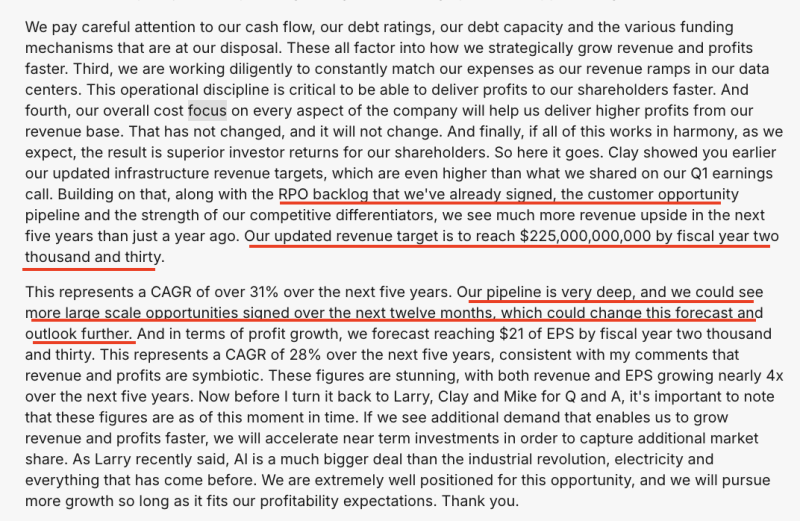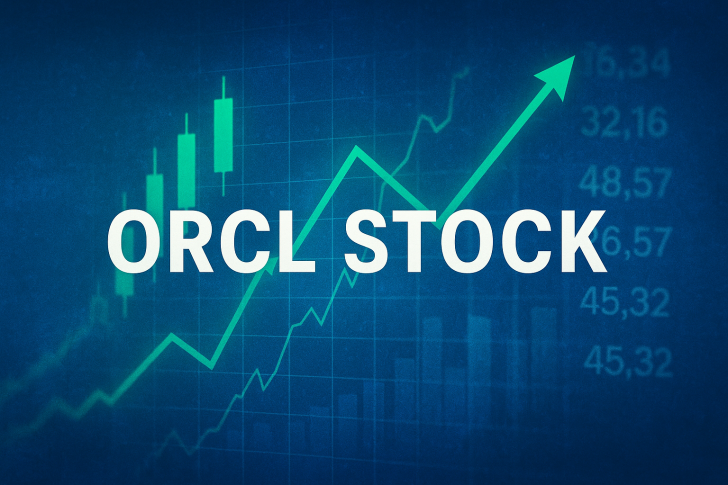● Oracle's CFO Doug Keering recently shared an aggressive new revenue forecast for the company. He expects Oracle to hit $225 billion in revenue by fiscal 2030, driven by strong demand for its infrastructure and cloud services.
● What's fueling this optimism? Keering points to Oracle's healthy order backlog (RPO), a deep pipeline of potential customers, and what the company sees as its competitive edge. That said, there are obvious risks. If IT spending cools off globally or customers pivot away from Oracle's infrastructure, the company could struggle to hit these targets and see both profits and market share take a hit.
● The numbers tell an ambitious story: Oracle is banking on over 31% compound annual growth over the next five years—a pace that outstrips most big tech companies. The company is betting heavily on cloud infrastructure and AI services, though it'll need to keep costs in check while scaling up. Keering even suggested the forecast might shift higher, noting in Ray Wang report that "the pipeline is very deep" and that major deals signed in the next year could push the numbers even further.

● Oracle's transformation into a major AI and cloud infrastructure player comes at just the right time, as demand for scalable computing continues to climb. The company is also forecasting earnings per share of $21 by 2030, positioning itself as a central force in the AI-powered enterprise cloud space. Beyond corporate growth, this expansion means more jobs and tax revenue, reinforcing Oracle's economic footprint.
● By setting such a bold target, Oracle is making a statement: it believes it can grab a huge chunk of the cloud infrastructure boom. As Keering emphasized, this opportunity is bigger than originally thought and could keep growing as more customers come on board—making Oracle a company worth watching closely.
 Usman Salis
Usman Salis

 Usman Salis
Usman Salis


